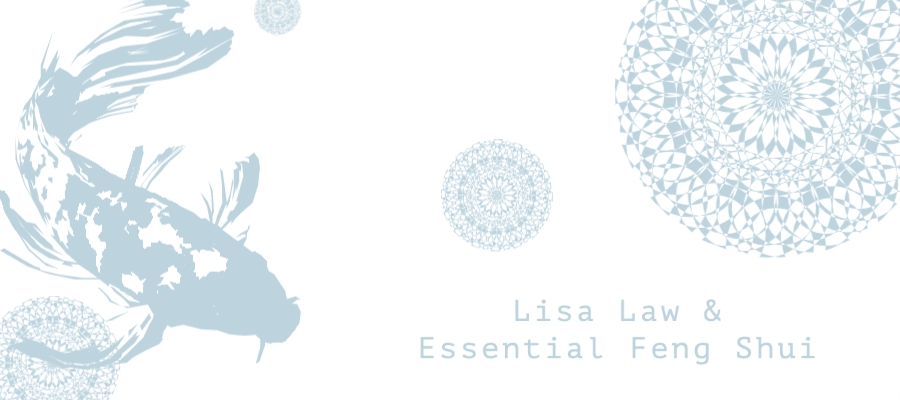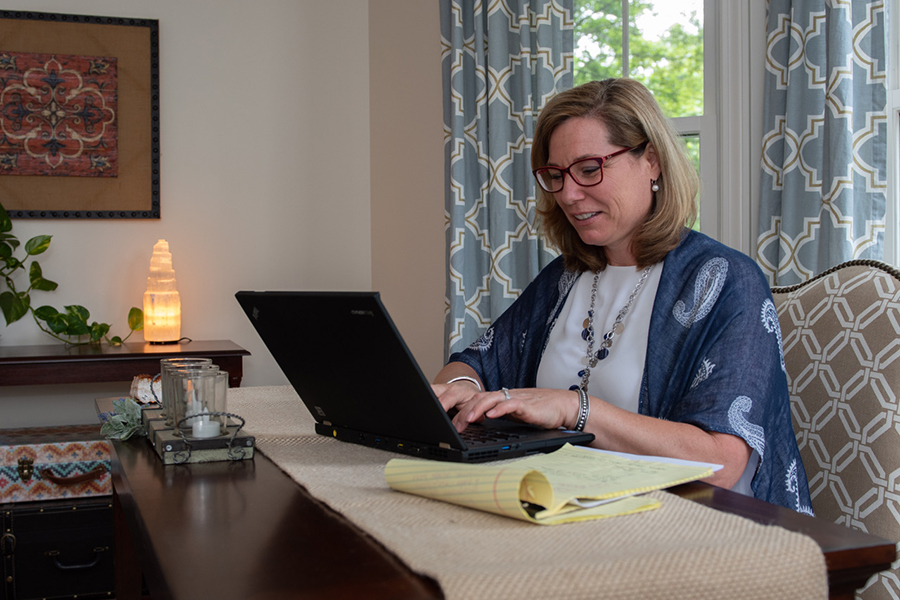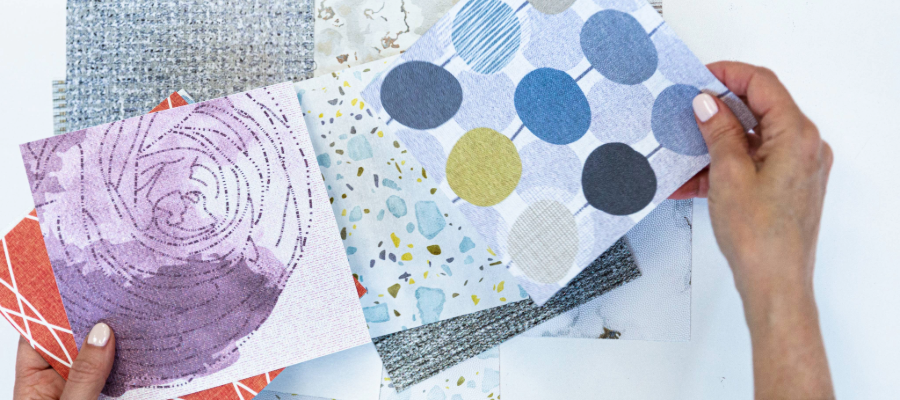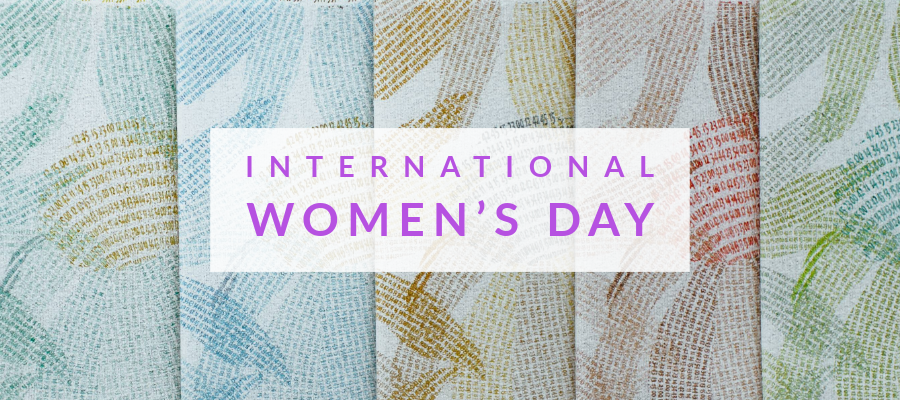
Lisa Law Shares Her Journey with Feng Shui
At all of the meetings for the Building on Hope construction project, Lisa Law exudes a calm and measured energy that pulls you in and instantly sets a comfortable vibe. Lisa is an Essential Feng Shui practitioner volunteering her time to create outdoor spaces for the Nashua PAL. We caught up with her to talk about trends in her field of expertise. At the core of her work, Lisa believes in working with people one on one to create an environment where they feel supported and empowered. Her interest in Feng Shui first piqued about 20 years ago when she learned about it as part of an interior design class. She put it into practice herself though in a time in her life of great anxiety and depression. Her mother had passed away, and she found herself caring for her elderly grandmother, which all put pressure on her home life.
Feeling stuck and in need of a change, Lisa Law remembered that lesson on Feng Shui.
She looked around her home and realized she was holding onto so much stuff from people and places no longer in her life. She no longer felt like she was moving forward, but instead stuck in place. Over the next six months, she and her husband went through their home and gave away half of their belongings. A monumental task, but on the other side of it, she felt space in her life. With this new sense of peacefulness, her anxiety and depression felt manageable. The experience inspired in her the desire to help others feel at peace in their spaces.
Lisa’s work follows the form school tradition of Feng Shui. This tradition does not use a compass as some Feng Shui traditions do. Instead, she works closely with people on a personal level. Lisa gets to know her clients personally and observes how they use their environment. From these observations and discussions, she suggests changes to help them feel supported in that environment.
The environment shapes the land, and our home sits on that land. This relationship, in turn, shapes us.
When Lisa begins to work, she considers how a home connects to the land. Next, she examines how the people in that home interact with and use this environment. At its most basic, the environment should feel good for a person. But more than that, she wants that environment to reflect where a person is at this moment in time on their personal journey.
“Our environment mirrors us and then reflects what’s important to us.”
Lisa Law
Working this way is incredibly rewarding. Through conversations about their life and their goals, people release their creativity. The process pulls people out of thinking mode and into the physical plane of their home. Feng Shui isn’t about being decorative for the sake of it but about making changes with the express intention of supporting a person, their family, and their goals. By including symbols of these goals into a physical environment, it reinforces them.

Since Feng Shui revolves around nine areas of life mapped onto an environment, trends do not come and go in the traditional sense.
However, significant events such as the global COVID pandemic can have a sudden impact on her practice. Suddenly, everyone is spending a lot more time in their homes. Lisa Law has seen this lead to a shift in perceptions of basic needs. People appreciate simpler things, such as basic human contact and interactions with each other. Many people have been making improvements to their homes, but these aren’t driven by consumerism. Instead, it’s about how to improve spaces and make them supportive of rest, work, and play.
For many people, this pandemic led to an almost instant shift in working from home.
Initially, that required a quick adaptation. But, as the situation goes on longer, and in some cases becomes permanent, people need to adapt. Lisa says, “Working in your environment can shift your life in profound ways.” People need to keep that in mind as they set up a work from home space. There can be a lot of frustration when working in a multifunction area, especially a bedroom. Sleep and work are two very different energies that don’t do well in the same space.
If there is no choice, Lisa recommends establishing clear boundaries on your time, equipment, sleep, and electronics. Turn electronics off and make noticeable changes to the space. Perhaps change the lighting at the end of the workday or close off the work area with a screen. Something as simple as putting a tablecloth over your computer and papers can even work. These simple changes show as much respect for your need for sound sleep as it does for your work.
If you are fortunate enough to have a dedicated space for work, make sure that space reflects what’s essential to you and reinforces that your work is important. Place your desk in a position of command or power. If possible, you want to see the door from where you’re sitting. If it’s not possible to move your desk, use a decorative mirror to see the door. Avoid clutter in your workspace; instead, place a few significant items connected to your goals within view. Seeing those physical objects will reinforce your goals. In these days of video calls, position yourself with a background that represents you to the outer world. Reinforce who you are, what you do, and project a positive image.

In whatever ways you incorporate Feng Shui into your home, Lisa says to remember the most critical element is to “create a feeling of support and empowerment in your environment.”
If you’d like to learn more about Feng Shui, visit Lisa Law’s website to read her blog, enroll in one of her classes, or sign up for her newsletter.
Share this post
Author
DESIGN/COLOR TRENDS AND AWESOME INFORMATION IN YOUR INBOX
Sign up for our monthly trend letter







